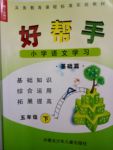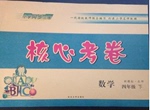题目内容
9. did we see how badly the plane had been damaged.(only)
我们只是在着陆之后才看到飞机损坏的严重程度。
9. Only when we landed

练习册系列答案
 小学学习好帮手系列答案
小学学习好帮手系列答案 小学同步三练核心密卷系列答案
小学同步三练核心密卷系列答案
相关题目
最近几年,普通中学聘请外教越来越普遍,很多学校开设了国际班,以加强学生学习英语的兴趣,与国际接轨。请你结合下表对这一现象的利弊发表自己的观点。注意:
好处 | 1. 提高学校的知名度; 2. 提高学生学习英语的兴趣,口语表达能力增强; 3. 能更好地了解外国文化。 |
弊端 | 1-花费高; 2. 一些外国人难以适应我国的生活方式,甚至担心自己的安全; 3. 外国人不了解中国学生的特点。 |
自己的观点 | 学好英语需要靠自己 |
1. 词数120词左右;
2. 短文应包括表中所有要点;
3. 可适当增加细节,以使行文连贯。
生词提示
rare稀有的;uncommon不一般的;foreign cultures夕卜国文化;meanwhile同时;oral Eng?lish英语口语;benefit有益于